Describe the clotting process of blood and its mechanism
Blood clotting process is a natural device to check the excessive loss of blood from an injury caused to the body. The process of clotting of blood is initiated by blood platelets and the injured cells release substance that attract the blood platelets.
in clotting process of blood they gathered at the stick to the inside surface of blood vessels and their clumping is enhanced by ADP adenosine diphosphate. the mass of aggregated blood platelets alone may physically plug cut in a very small vessels.
the contact of blood platelets with collagen fibre exposed by the injury causes them to disintegrate and blood platelets releases two substances serotonin and thromboplastin which minimise loss of blood from the injury.
◆ Follow me on YouTube
◆ VISIT ON OUR YOUTUBE CHANNEL BIOLOGY SIR FOR MORE VIDEO
Clotting process of blood ,coagulation cascade is a complex chemical process that uses as many as 10 different proteins called as blood clotting factors or coagulation factors found in blood plasma in the blood. Clotting process of blood simply consists of three phases
● Injury to body or cut on skin causes bleeding. And injured blood vessels when come in contact or exposure to collagen fibre its form thromboplastin Activator, and function of thromboplastin activator to change inactive prothrombin into active prothrombin in the presence of calcium (ca+2) ions and various blood clotting factor.
● Vessel constriction of blood cells
control by serotonin causes the blood vessels at the site of bleeding contract. this reduce the blood loss and make it less likely for the clot. Formed to plug the injury, to be swept out by the flow of blood. blood loss the blood vessel narrows called constriction, thus limiting blood flow through the vessel.
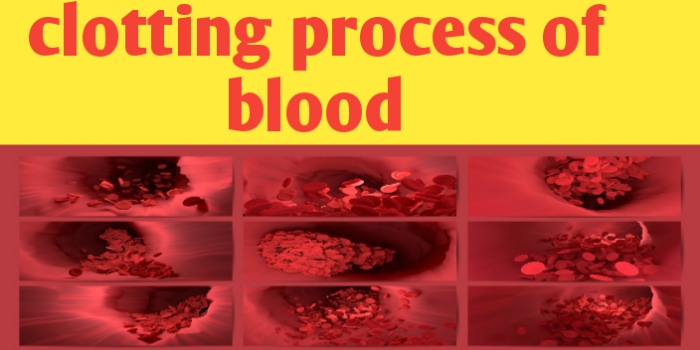
Describe the clotting process of blood and its mechanism
● Platelet can plug small cut itself in response to the injury, tiny cells in the blood called platelets are activated. The platelets stick to one another and to the wound site to form a plug.
● formation of Fibrin clot is completed by clotting factor proteins trigger production of fibrin, a strong, strand-like substance that forms a fibrin clot, a mesh-like net that keeps the plug firm and stable. Over the next several days to weeks, the clot strengthens and then dissolves as the wounded blood vessel wall heals.
Table of Contents
Clotting process of blood
Thromboplastin is a lipoprotein secreted from Blood platelets when injured blood vessels comes in exposure to collagen fiber which help in blood clot formation. Clotting process of blood or clot formation consists of mainly three phases
1) formation of prothrombin Activator :- thromboplastin helps in the formation of an enzyme prothrombinase. this enzyme inactivates heparin that is natural anticoagulant material present in our body which secreted from mast cell of liver and also convert the inactive plasma protein prothrombin into its active form thrombin being both the changes require calcium iron and blood coagulating factors
2) formation of thrombin and fibrin monomer:- the prothrombin activator in presence of calcium ion Ca+2 change the inactive prothrombin into to activate thrombin. And thrombin act as proteolytic enzyme to separate two peptides from the soluble plasma protein fibrinogen molecules to form insoluble fibrin monomer.
3) polymerization of fibrin monomer :- the fibrin monomer polymerized to form long sticky fibres, the fibrin threads form of fine network over the wound and trap blood corpuscles like red blood cells, white blood cells blood,blood platelets to form a crust known as blood clot.
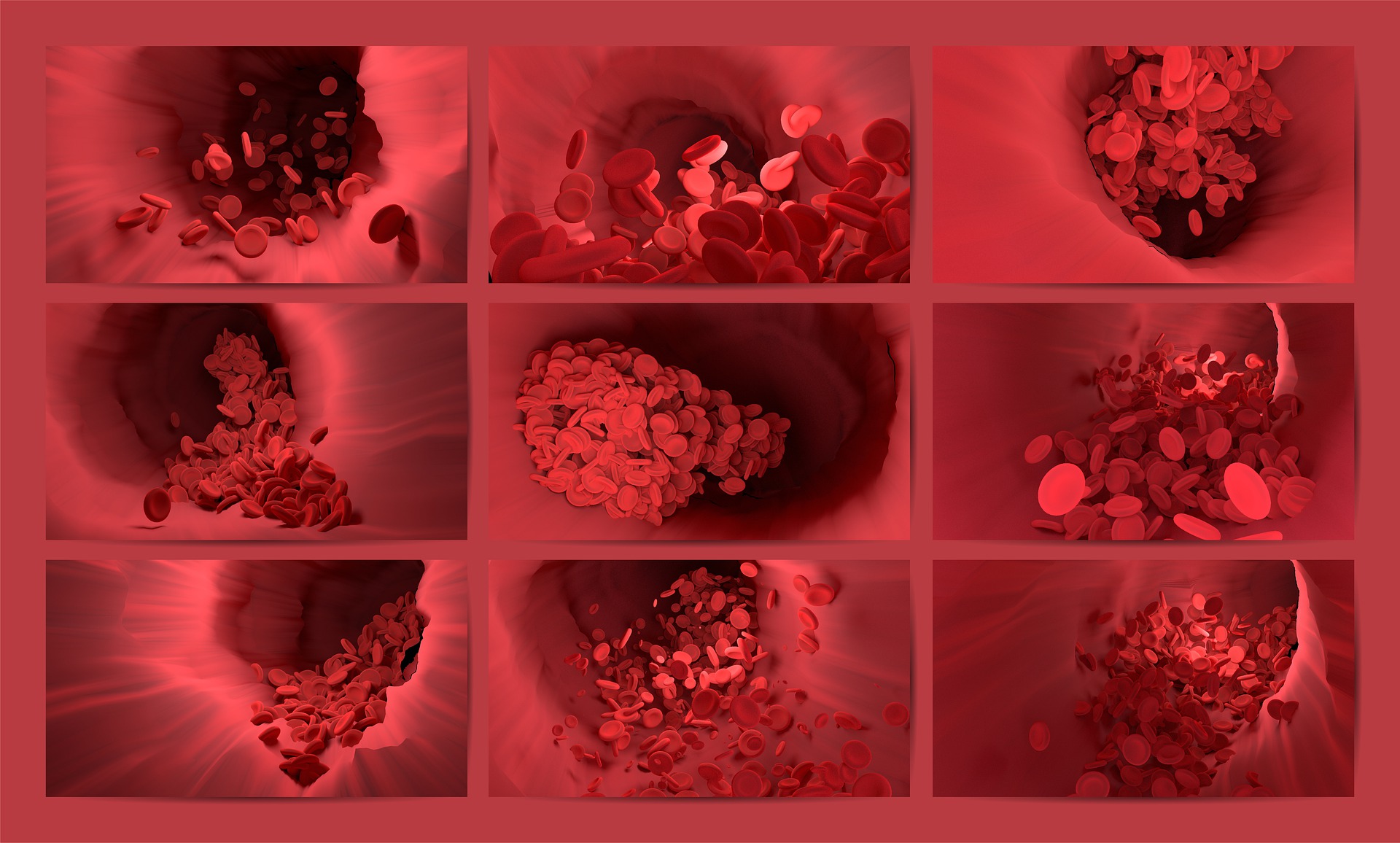
Describe the clotting process of blood and its mechanism
What is blood clotting process ?
What is blood clotting process ? Solve by studying the mechanism of blood clotting and their process consists of multi step process and blood clotting process consist of formation of prothrombin activators have two Pathways extrinsic pathways and intrinsic pathways, change of inactive prothrombin into to active thrombin, change of soluble fibrinogen molecules into insoluble fibrin monomer and change of insoluble fibrin monomer into insoluble fibrin polymer or clot.
1) formation of prothrombin Activator :- formation of prothrombin activator is multi step process and there is two types of protein help in formation of prothrombin Activator. first is thromboplastin lipoprotein molecules released from injured tissues and blood platelets and second prothrombin activator is group of coagulation factor protein like vii, X, V, xi, xii, ix and iv.
Coagulation factor generaly indicates by Roman numbers the coagulation factors are generally serine protease enzyme which act by leaving down-stream proteins and the coagulation factor circulate as inactive enzymes known as zymogens.
The coagulation cascade or injury therefore classical divided into two Pathways the tissues factor Pathways known as extrinsic Pathways and contact activation Pathways known as intrinsic Pathways.
● extrinsic Pathways :- extrinsic pathway is also known as tissue factor pathway. The main role of tissue factor pathway is to generate thrombin and formation of prothrombin activators molecules.
this extrinsic Pathways clotting process of blood starts from release of thromboplastin lipoprotein molecules from Blood platelets of injured tissues.
Coagulation factor VII circulate in higher amount in blood plasma then any other activated coagulation factors, following damage to the blood vessels coagulation factor vii leaves the circulation and comes into the contact with thromboplastin molecules. Combination of thromboplastin and coagulation factor VII, it activate the inactive coagulation factor x into active x.
And active coagulation factor x bind to active calculation factor v to form prothrombin activators molecules.
◆you should also visits our website https://biologysir.com and other website for civil engineer calculation at https://www.civilsir.com
■ follow on YouTube
◆name of fathers in field of Biology
● all full forms of 11th and 12th Biology
● intrinsic Pathways:- intrinsic pathway also known as contact activation Pathways. And this Pathways of clotting process of blood starts from exposure of injured blood vessels to collagen fibres. The contact activation of Pathways begins with formation of primary complex on collagen of blood vessels.
Collagen of blood vessels help in changes of inactive coagulation factor xii to active coagulation factor xii.
And active coagulation factor xii act on inactive coagulation factor xi and change into to active factor xi.
And active coagulation factor xi act on inactive coagulation factor ix and change into to active factor ix.
And active coagulation factor ix act on inactive coagulation factor x and change into to active factor x.
And active coagulation factor V bind with active coagulation factor x change to form prothrombin activator molecules.
2) formation of active prothrombin :- prothrombin is known as coagulation factor ii, it is vitamin K dependent plasma protein synthesise and secreted from liver. The prothrombin activator molecules help in formation of enzyme prothrombinase.
The enzyme prothrombinase helps to inactivate anticoagulant material heparin and also activate inactive protein prothrombin into its active form. So main function of thromboplastin prothrombin activators molecules to change inactive prothrombin to active prothrombin molecule.
● heparin ( active) + prothrombinase ( prothrombin activators) —- inactive heparin
● inactive prothrombin + prothrombinase ( prothrombin activators) —- active prothrombin
3) formation of thrombin molecule:- in the presence of coagulation factor iv that is calcium ion and prothrombin Activator act on Active prothrombin molecule and changes into active thrombin
4) formation of fibrin monomer :- active thrombin molecules act as proteolytic enzyme to separates two peptides from the soluble plasma protein known as fibrinogen molecules to form insoluble fibrin monomer.
5) polymerization of fibrin monomer:- the fibrin monomers polymerized in the presence of active coagulation factor xiii to form long stick fibres. The fibrin threads form a fine network over the wound and trap blood cells like red blood cells, white blood cells, blood platelets to form a crust that is known as blood clot.
The blood platelets also polymerize actin and myosin into contractile apartus. the latter contracts and the clot become relatively firm and solid. The part of blood plasma in the clotted area is squeezed out as clear fluid material known as blood serum, serum is Plasma axcept that it lacks fibrinogen and blood cells it is therefore unavailable for clot.
Clotting factors present in the blood
● I — fibrinogen
● I I — prothrombin
● III — thromboplastin
● iv — calcium
● v — Proaccelerin, Ac globulin
● vi — factor is hypothetical
● vii — SPCA ( serum prothrombin conversion accelerator)
● viii — AHF ( anti haemophilic factor)
● ix— PTC ( plasma thromboplastin component or Christmas factor)
● x — Stuart Factor
● xi — PTA ( plasma thromboplastin antecedent)
● xii — Hageman Factor
● xiii — fibrin stabilizing factor
Role of vitamin K in blood clotting
Vitamin K is necessary for the synthesis of prothrombin in the liver, if vitamin K is inadequate in the diet or is not observed in the intestine, blood clotting becomes inefficient. this produce symptoms similar to those of haemophilia and which is described as lack of haemophilic globulin or to lack of thromboplastin molecules.
Natural anticoagulants
A substance that checks the clotting of blood in blood vessels is known as anticoagulant material. blood does not clot in uninjured vessels due to the presence in it of a strong natural anticoagulant such like heparin produce in the mast cell of liver. its check the change of prothrombin into thrombin.
And another natural anticoagulant material name is hirudin occurs in The Saliva of leech it prevents clotting of victims blood in the leech crops, another Sodium and potassium oxalate are the also anticoagulant and they participate calcium iron which prevent clotting.


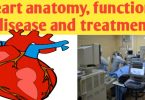
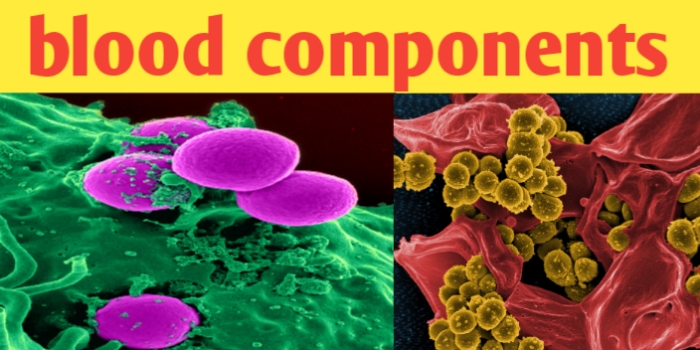
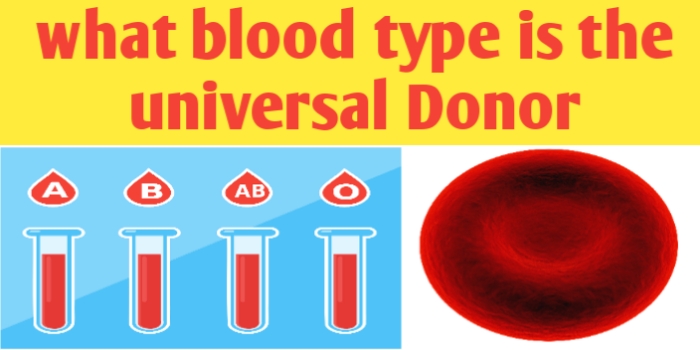
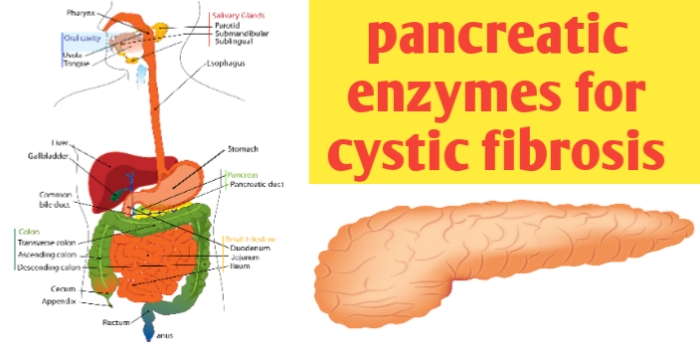
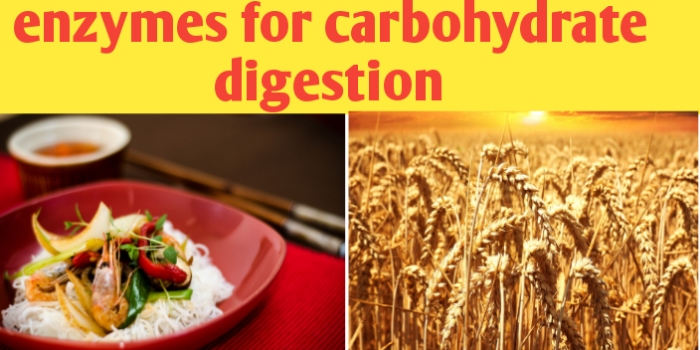
Leave a Comment